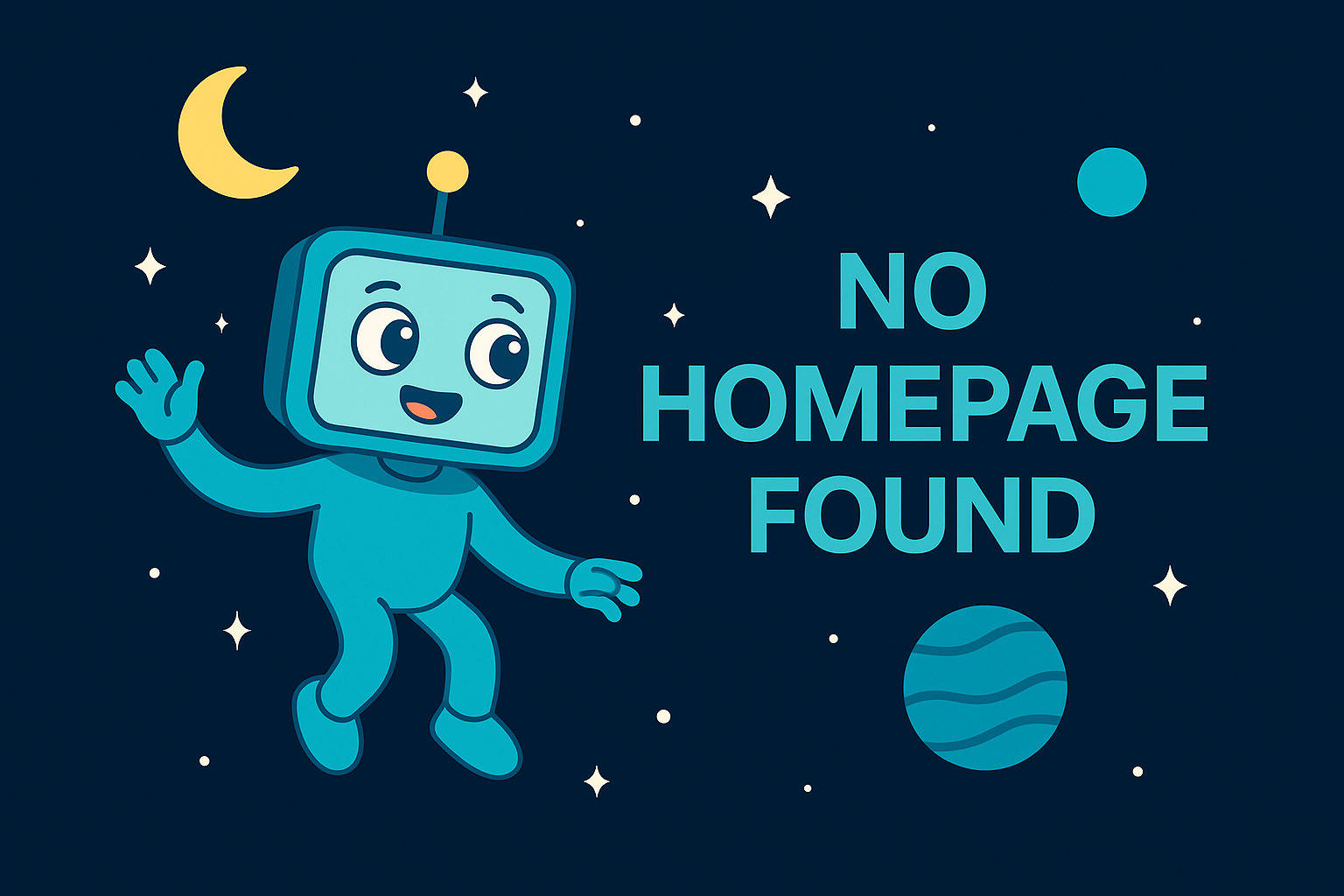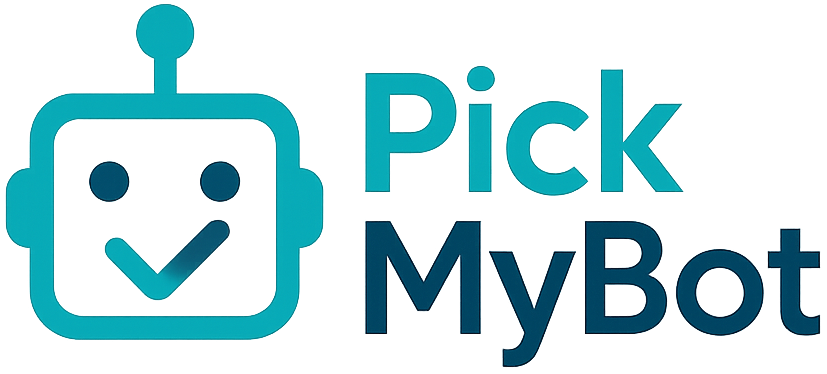

Keras provides a user-friendly API for designing and training deep learning models. Ideal for beginners and experienced developers alike, it streamlines the process of creating complex neural networks.
Key features
- User-friendly API for quick model building
- Supports multiple backends like TensorFlow and Theano
- Extensive documentation and community support
- Pre-trained models for rapid prototyping
- Easy integration with other libraries
Pros
- Accessible for beginners with simple syntax
- Highly customizable for advanced users
- Large community with abundant resources
- Fast prototyping capabilities with pre-trained models
Cons
- Limited flexibility for highly specialized tasks
- Can become cumbersome with extensive customization
- Performance can lag behind lower-level frameworks
